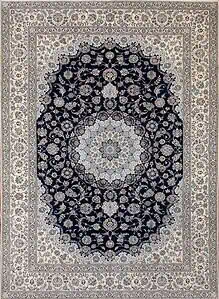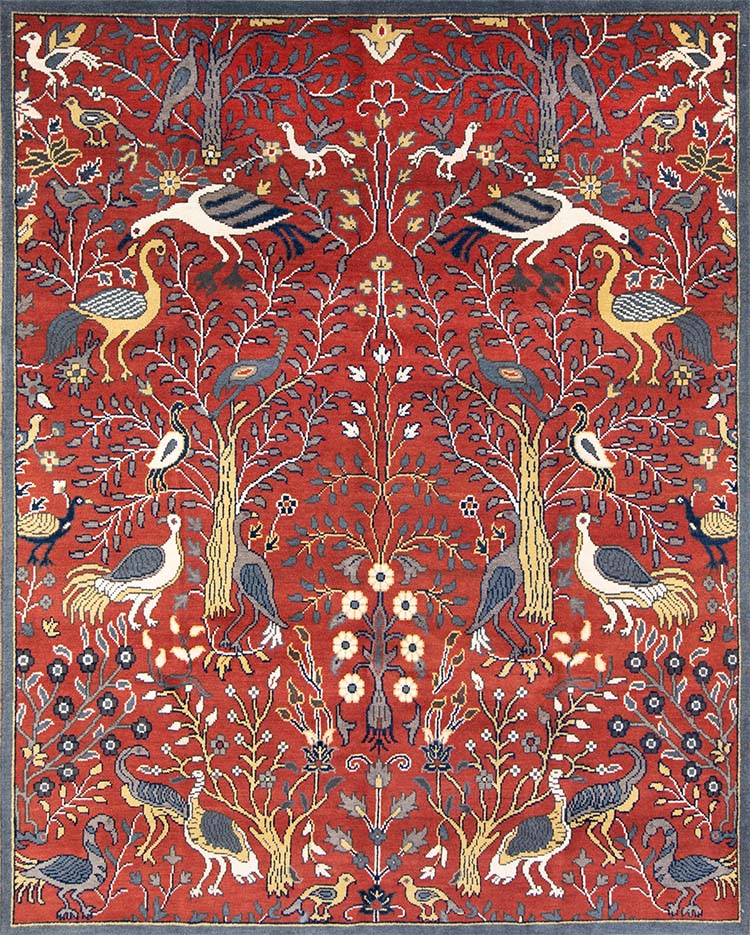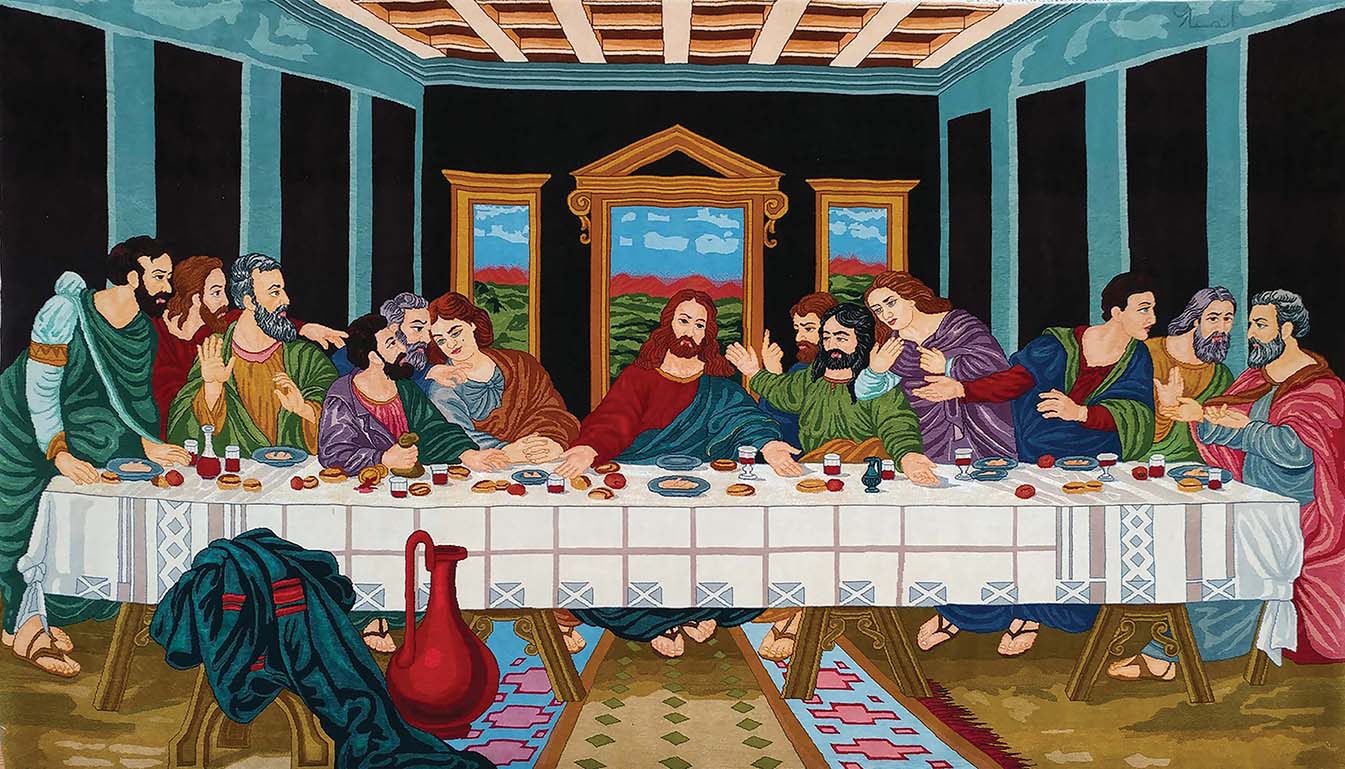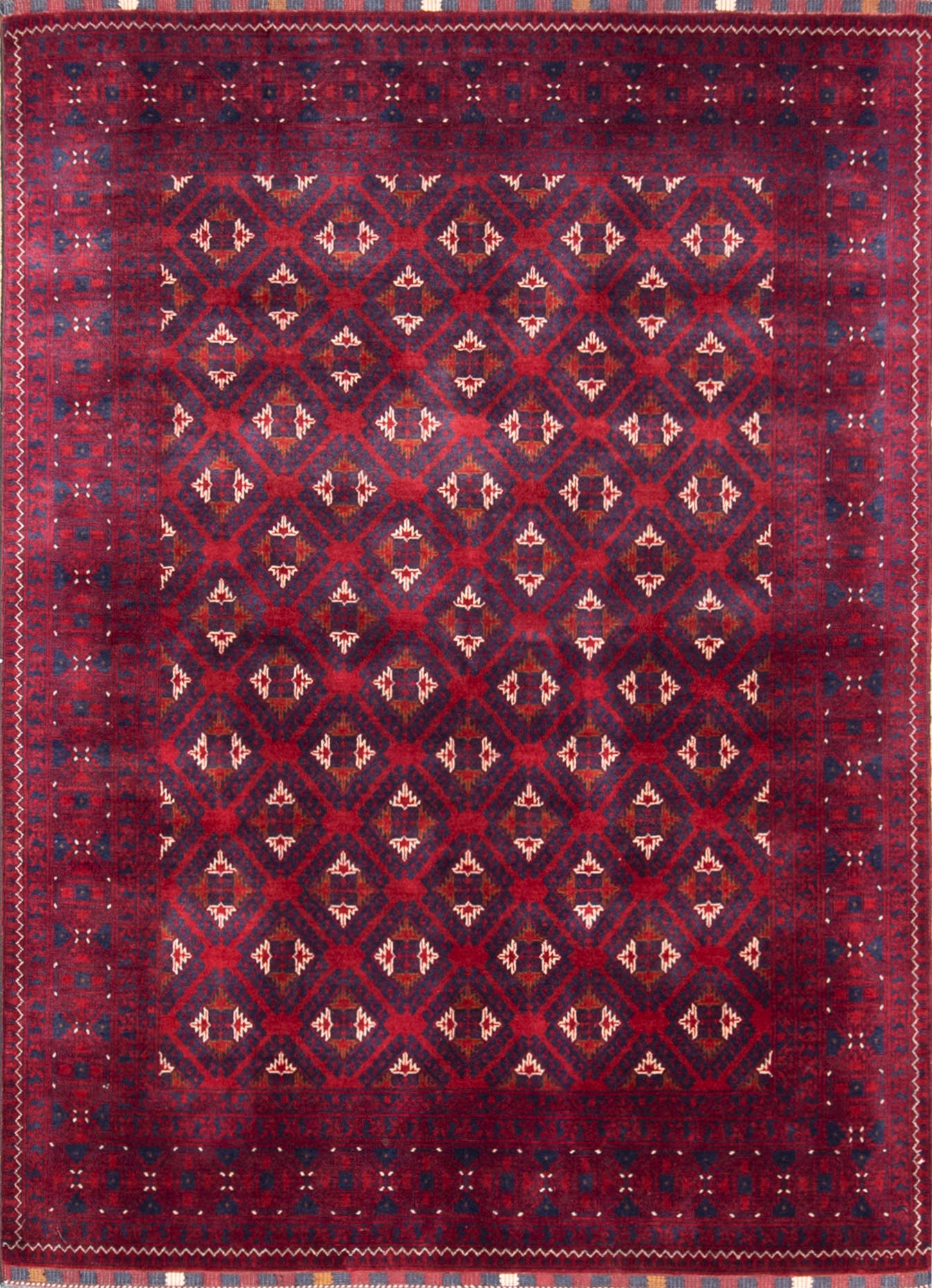Introduction

An 8×10 Persian rug is not just a furnishing—it is a woven artwork that blends tradition, utility, and cultural expression. Among the many rug sizes, the 8×10 format has earned a special place for its adaptability. It provides enough surface to showcase intricate designs while fitting seamlessly into a variety of rooms. From intimate living rooms to expansive dining areas, this size strikes a balance that doesn’t overshadow the surrounding décor. At Beautiful Rugs, the 8×10 Persian rug exemplifies both timeless artistry and practical function.
Why the 8×10 Persian Rug is the Ideal Size
The appeal of the 8×10 Persian rug lies in its proportions. A rug that is too small can leave a space feeling unfinished, while oversized rugs may appear imposing. The 8×10 size achieves harmony, providing ample coverage without overwhelming a room. It is often chosen for medium to large living spaces, dining rooms that accommodate six to eight chairs, or bedrooms where it can frame the bed with elegance. Its versatility ensures it remains one of the most requested rug sizes for both traditional and contemporary interiors.
A Canvas for Persian Design
Persian weaving traditions are rich with diversity, and the 8×10 Persian rug provides an ideal platform to display these artistic patterns in their full detail. In this size, designs are neither compressed nor stretched but appear balanced and proportionate, making them visually compelling.
Medallion and Floral Arrangements
City rugs, such as those from Isfahan, Kashan, or Tabriz, are known for their central medallions, surrounded by floral arabesques and scrolling vines. On an 8×10 Persian rug, these elements are perfectly framed, creating a clear focal point that enhances the space’s symmetry. The medallion draws the eye, while the surrounding motifs generate harmony between the rug and the furnishings placed upon it.
Geometric and Tribal Expressions
Rugs from tribal regions such as Heriz, Bakhtiari, and Qashqai often rely on bold geometric motifs and striking contrasts. In an 8×10 format, these patterns expand across the field with rhythm and energy, yet remain grounded by the rug’s structured borders. The result is a vibrant yet controlled composition that complements rustic and eclectic interiors.
The Role of Color and Natural Dyes
Color is central to the allure of any 8×10 Persian rug. Vegetable dyes, carefully prepared from plants, roots, and minerals, produce hues that are both vivid and enduring. Deep indigo, madder red, saffron yellow, and walnut brown are traditional tones, often softened or intensified through time and use. In an 8×10 format, these colors achieve a presence that enlivens the room without being overbearing. The balanced distribution of shades, whether in floral arrangements or geometric repeats, creates depth and dimension that reward repeated viewing.
Craftsmanship and Materials
Every 8×10 Persian rug reflects countless hours of skilled labor. Artisans in weaving centers employ hand-knotting techniques that vary from region to region, resulting in rugs that are distinct in texture and density. Some use fine kork wool, prized for its softness and sheen, while others incorporate silk for highlights that shimmer under light. The combination of durable foundations and high-quality pile ensures longevity, often allowing these rugs to serve families for generations. Beyond their practical durability, these rugs carry with them the history and cultural identity of the communities that produced them.
Decorating with an 8×10 Persian Rug
In home design, the 8×10 Persian rug is remarkably adaptable. It can serve as the anchor for a living room, grounding the sofa and chairs while introducing layers of pattern and color. In dining rooms, it is large enough to hold the table and chairs comfortably, creating visual unity. In bedrooms, placing the rug beneath the bed allows its patterns to extend outward, softening the space and offering comfort underfoot. Its size also makes it suitable for open floor plans, where it can define one area of a larger room without the need for additional dividers.
Traditional Settings
In interiors furnished with antiques, classic woodwork, or ornate fixtures, the 8×10 Persian rug acts as a natural complement. Its patterns resonate with the forms and finishes of traditional décor, reinforcing an atmosphere of refinement.
Contemporary Environments
Modern spaces often rely on clean lines and muted palettes. Introducing an 8×10 Persian rug into such a room provides texture, color, and a human touch that balances the starkness of contemporary design. Even the boldest tribal rug can harmonize with minimalism, creating contrast that feels intentional rather than conflicting.
Eclectic Homes
For homes that mix styles, colors, and textures, the 8×10 Persian rug becomes the element that ties everything together. Its intricate designs, whether geometric or floral, serve as a visual thread linking otherwise disparate features of the room.
Cultural Value and Legacy
Owning an 8×10 Persian rug also means connecting with centuries of tradition. These rugs are not produced quickly; they are the result of skilled hands, cultural heritage, and artistic vision. Each rug tells a story—of the region it was woven in, of the motifs chosen, and of the dyes carefully prepared. To include one in the home is to participate in a lineage that stretches back to the great weaving centers of Persia and beyond.
Conclusion
The 8×10 Persian rug remains one of the most versatile and admired sizes within the world of hand-knotted textiles. Its proportions make it ideal for nearly every major room, while its designs embody the richness of Persian artistry. Whether floral and symmetrical or bold and geometric, these rugs carry both beauty and meaning into the spaces they occupy. They endure as functional art, striking a balance between utility and heritage. For those who value design, culture, and craftsmanship, the 8×10 Persian rug offers an irreplaceable presence that enriches the home and honors a timeless tradition.





